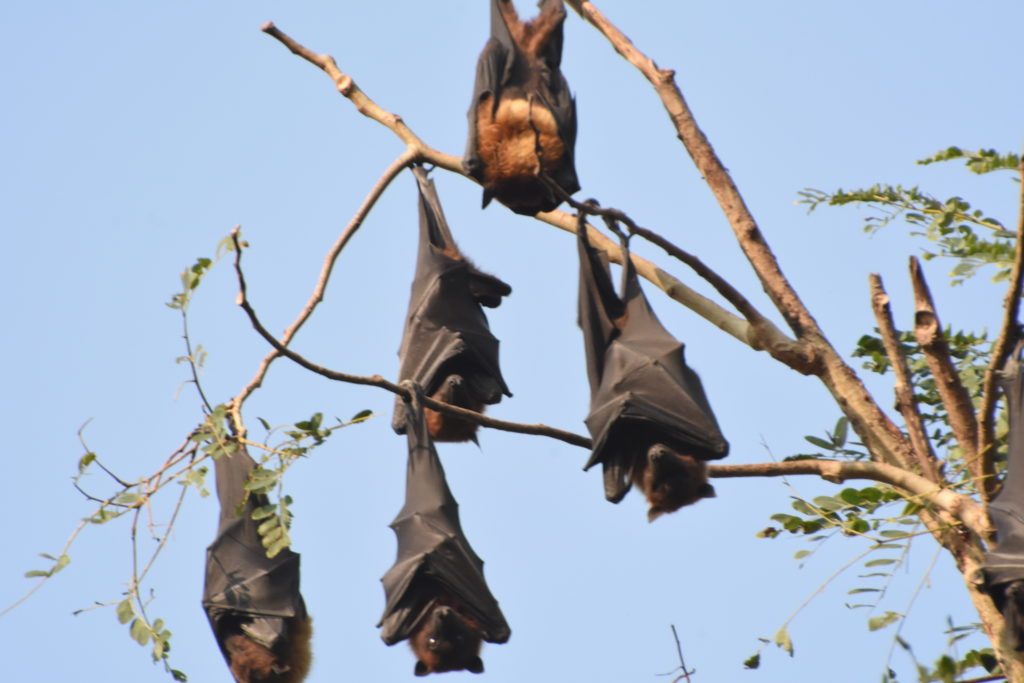Présentation
Nipah virus (NiV) is a bat-borne paramyxovirus found throughout South and South East Asia. With a case fatality ratio of >70% and no available treatment or vaccines, NiV has been identified by the World Health Organization as an emerging infectious disease having a high risk of causing large epidemic if it adapts to humans.
To develop effective strategies to anticipate, monitor and control future NiV outbreaks, it is not sufficient to just look at what is happening when people get infected. It is also important to understand what is happening prior to human infections (in the animal reservoir and at the animal-human interface) and to assess how surveillance and response should be organized to optimally detect, manage and control outbreaks once they occur. This requires a multidisciplinary research framework with a strong One Health perspective. The Mathematical Modelling of Infectious Diseases Unit is contributing to the development of such a framework through our close collaborations with Johns Hopkins University and icddr,b (Dr Emily Gurley) in Bangladesh. Bangladesh is the country most affected by NiV and the only one reporting cases every year. Our research on NiV covers a broad range of questions. For example: What are the patterns of circulation of NiV in bats? What are the mechanisms leading to spillovers from bats to humans? Can we predict these spillovers? What are the characteristics of NiV inter-human transmission and associated risk factors? How can we detect changes in the epidemiology or the virus that need to raise an alarm? How likely are we to detect NiV in infected individuals at different moments during infection? If a NiV vaccine is eventually developed, will it be possible to demonstrate its effectiveness in the field, given the limited number of NiV cases observed each year? To answer these questions, we work with our partners to collect and analyze diverse data types including chains of transmission and epidemiological data on NiV cases, field studies in bat populations, NiV sequences collected in both bats and human cases, detailed laboratory follow ups of NiV cases. We are also employing such One Health approaches to other zoonotic systems such as the plague, which is frequently detected in Madagascar and Japanese encephalitis in Bangladesh.



